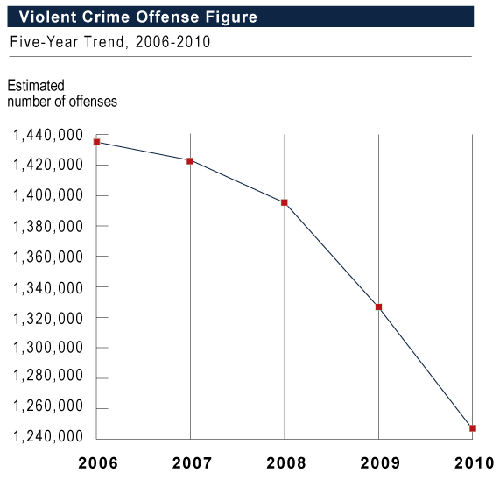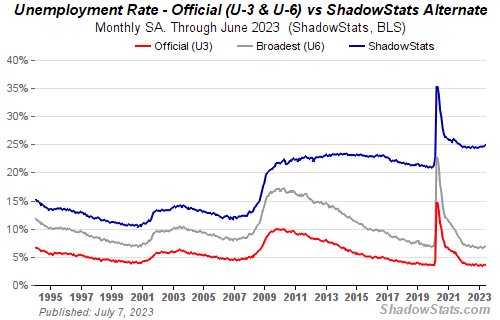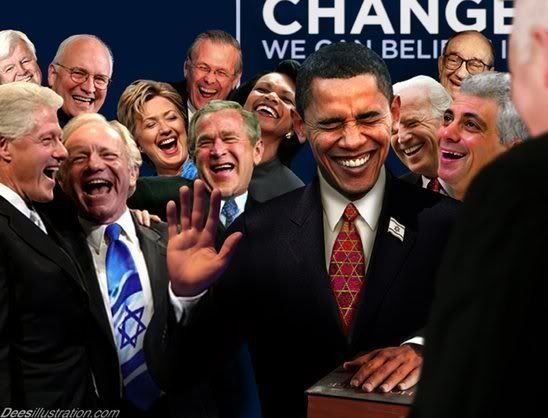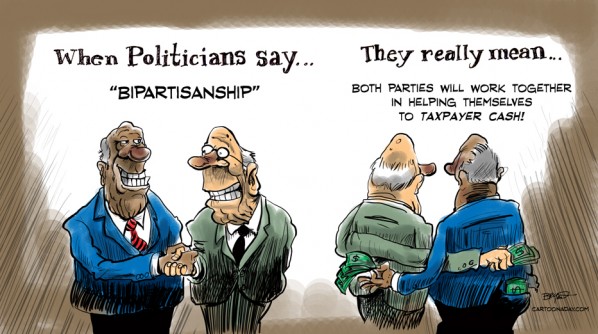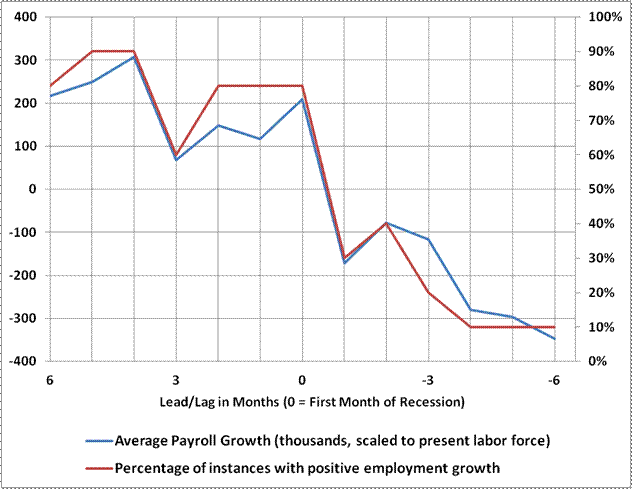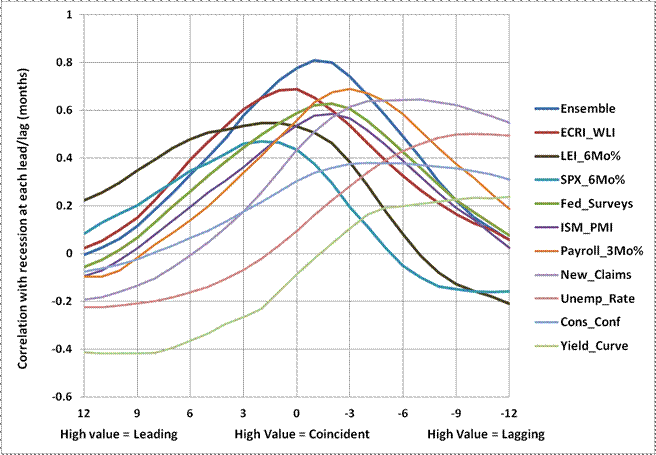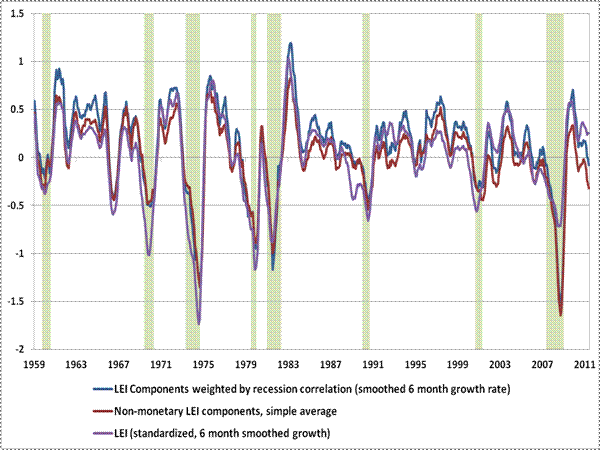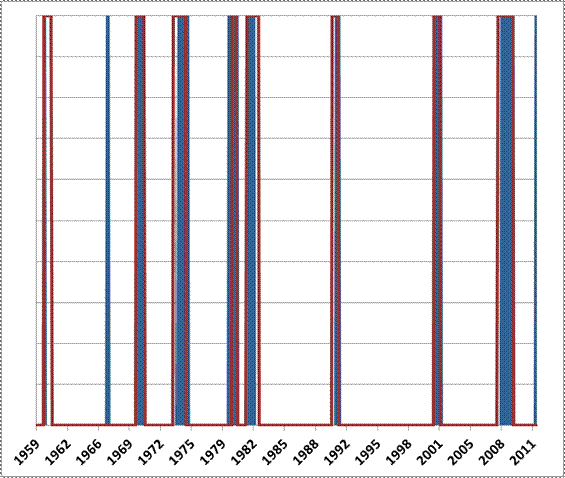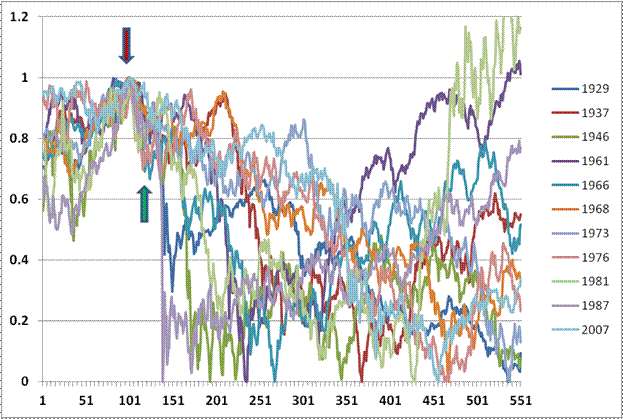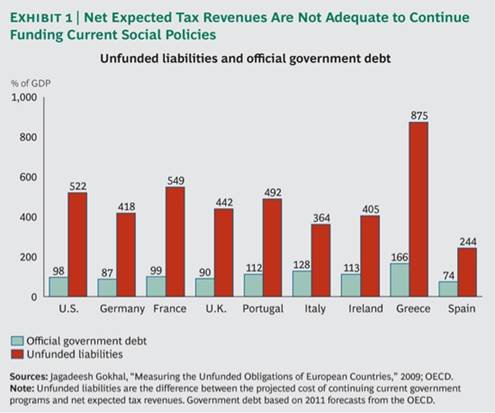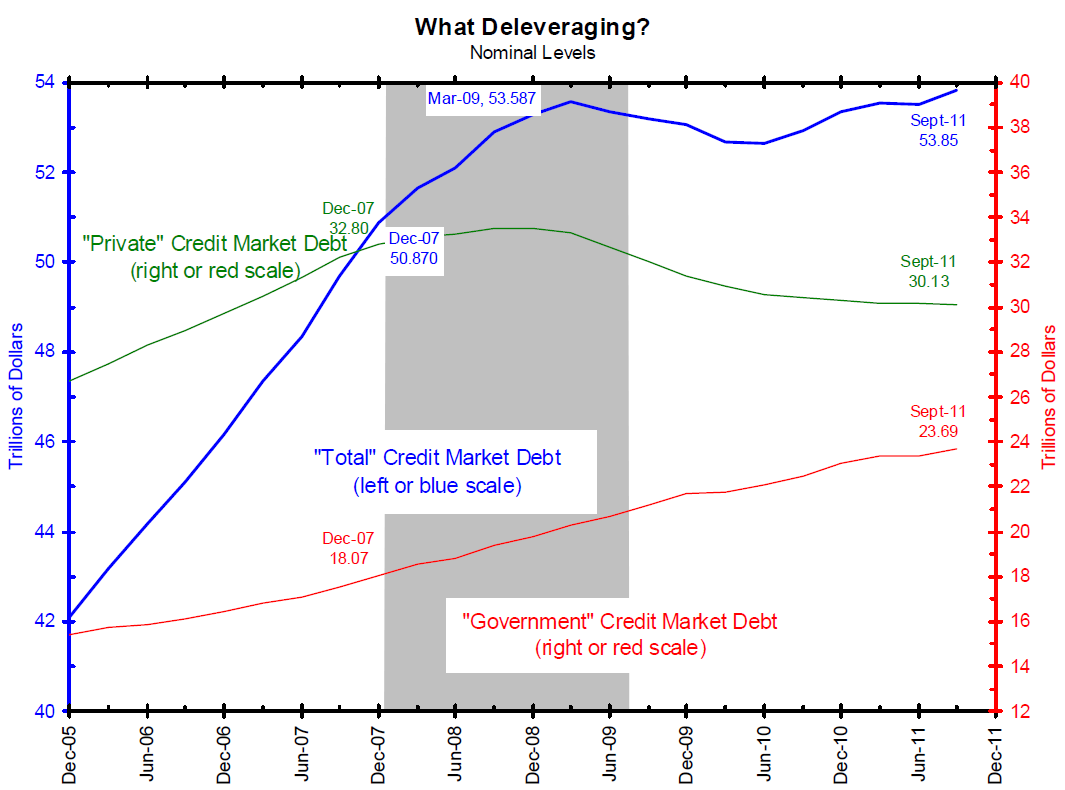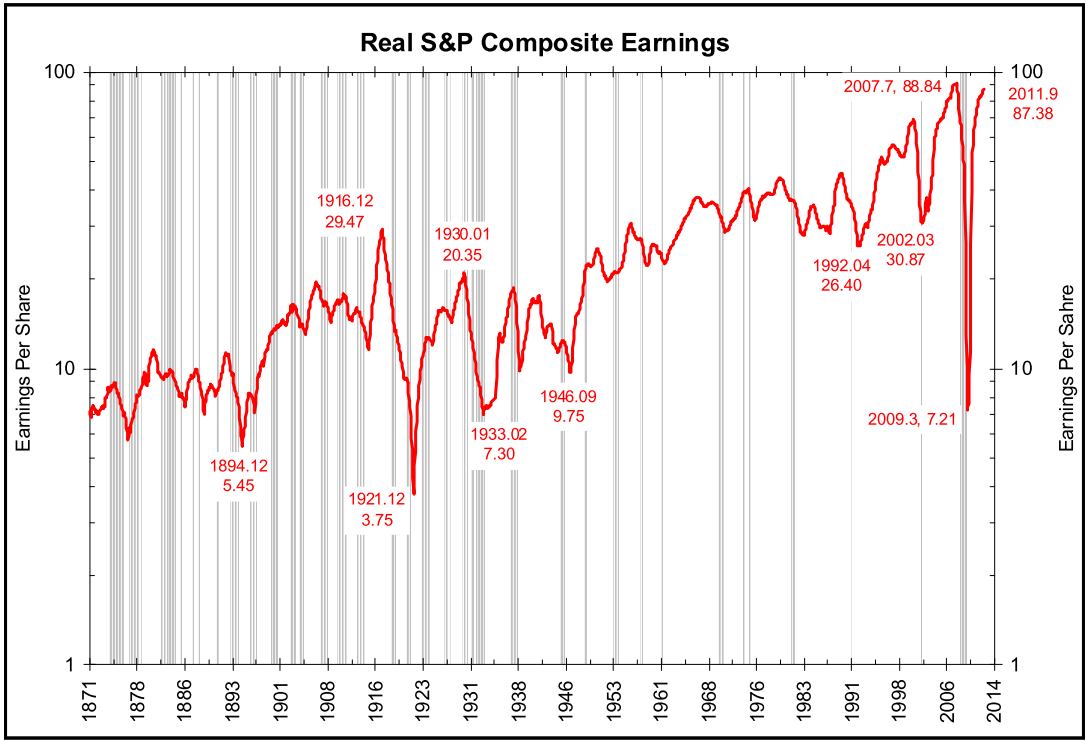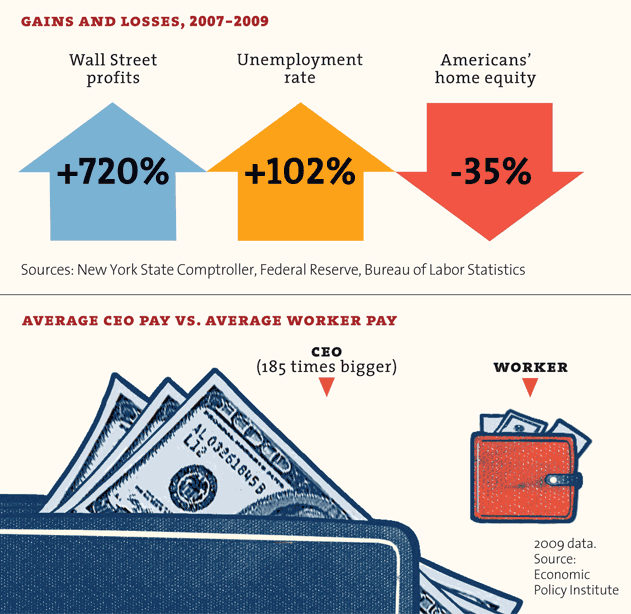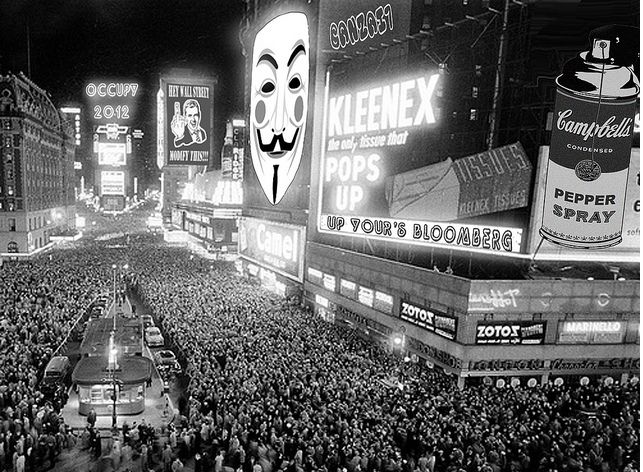Previously,we saw the holy Grail of banking reform was actually a hidden agenda of politics, banking, and big business.The seeds were planted in Indianapolis and now, the game is surely afoot.
The National Monetary Commission in 1908
Informing the public via a predetermined public relation campaign, with surveys and solutions of a predetermined outcome worked well. Keeping the scheme going for a decade took time, effort, and investment.
With the passage of the Aldrich-Vreeland Act in 1908 contained two important but little-known provisions: the emergency currency potential and the establishment of the NMC. The former provision would have expired in 1914 but curiously, was used for the one and only time that year.
However, Aldrich had packed his commission in June of 1908 with senators and representatives but, more significantly, powerful banking leaders.
This junket headed for Europe in the fall, studying and gather information with heads of private European banks and central banks. They concluded European banking was more efficient and the European currencies had more gravitas compared to the dollar. By December,, back in the U.S., Aldrich added Paul Warburg and others to the inner circle. Charles A. Conant was chosen for ‘research and public relations’. Warburg consulted with many academic economists at top-tier universities.
The American Bankers Association recommended a U.S. Central bank along the lines of the German Reichsbank. Hesitant heads of national banks were assured the business model would not be adversely affected by the origin of a U.S. Central bank.
Regional banking districts in the country, under control of a central board, was a recommentation in November, 1909. Throughout this whole era, the Morgan and Rockefeller banking interests had agreed to agree on a central bank. Yes.
Incidentally, William Howard Taft was elected president, a friend of Aldrich and others since 1900. On September 14, 1909, President Taft spoke in Boston and gave a big boost to the notion of a central bank. Wow. And a week later, The Wall Street Journal gave space to various op-eds, unsigned, praising that great idea of ‘elastic currency’ and other benefits. Actually, these letters were crafted by Charles Conant. He also recommended the regulation of interest rates by the central bank as a useful tool. The Washington Bureau of the Associate Press was also co-opted.
Another significant speech by Paul Warburg in New York on March 23, 1910 impressed the Merchants’ Association of New York. They had printed 30,000 copies of the transcript and distributed these far and wide.
For public consumption, a monetary conference in New York in November 1910 presented a specific recommendations for a central bank and an appeal for all part of the country to support the Bill that Alrich would soon craft.
The Private Railroad Car
G. Edward Griffin [1] sets the scene at a New Jersey railroad station like the opening of a thriller movie: it’s 10 p.m. on November 22, 1910 as a handful of important men board a private car. Unlike the numbered cars of the rest of this train, this one has no number, only a small plaque with the inscription “Aldrich”.
The senator greets his guests by first name only – and this rule is adhered throughout the trip and the week at Jekyll Island, Georgia. The private club on the island is part-owned by J.P. Morgan.
The personnel lineup:
- Senator Nelson P.Aldrich
- Paul Warburg, various banking connections
- Abraham Andrew, Assistant Secretary of the U.S. Treasury
- Henry P. Davison, senior partner, J.P. Morgan Co.
- Frank A. Vanderlip, president, National City Bank of New York
- Charles D. Norton, president, First National Bank of New York
- Benjamin Strong, head of Bankers Trust Co.
(The last two are questionable due to differing accounts in the ‘historical record’ but both were in the Morgan camp. Aldrich, incidentally, was a financial partner of J.P. Morgan, and also father-in-law of John D. Rockefeller, Jr.)
If Strong wasn’t there, he surely knew about it – we will hear more of him.
The public did indeed hear something of this secret meeting, but it was in 1935. The Saturday Evening Post carried an article by Vanderlip and the key takeaway was:
If it were to be exposed publicly that our particular group had got together and written a banking bill, that bill would have had no chance whatever of passage by Congress.
Warburg led the argument for a regional structure, presumably cognizant of public mistrust of too much power located in one area. Aldrich wanted an overt central bank with no political meddling. The compromise that was reached became the Aldrich Plan, introduced in Congress in 1912 and 1913.
(On November 5–6, 2010, Ben Bernanke stayed on Jekyll Island to commemorate the 100-year anniversary of the original meeting.)
Alas, the Democrats won the 1912 elections resoundingly. The Republican Aldrich Plan seemed to fall by the wayside.
Shiny new President Woodrow summoned a special session of Congress in April 1913. To seal the importance, he appeared in person, the first president since John Adams to do so. Wilson’s address outlined various approaches to economic policies, banking and currency reform, tariffs, and the income tax.
The 16th Amendment had been ratified on February 3, 1913. Wilson needed that tax to support lower tariffs. A little bit of patronage pressure, and the Revenue Act of 1913 was passed by the House on May 8, 1913; finally it went through the Senate on September 9, 1913.
Meanwhile, the Aldrich Plan was not dead, though that hated Republican name vanished. Representative Carter Glass, chairman of the House Banking and Currency Committee, and Senator Robert Owen, chairman of the Senate’s did a little tinkering here and there. Wilson mandated a central Federal reserve board be appointed by the president – with the consent of the Senate.
There was one thorn in Wilson’s side, his Secretary of State, William Jennings Bryan. The “Cross of Gold” person was still a power in the Democratic Party. The sop to Bryan was that Federal Reserve currency would be a liability of the government – and also, provision for federal loans to farmers.
All this horse trading took time, though, and Wilson had other fish to fry during 1913.
The 17th Amendment (Direct Election of U.S. Senators), ratified and declared, became part of the Constitution on May 31, 1913..
Finally, months in the making, what started as the Glass-Owen bill became the Federal Reserve Act of 1913. It passed the House on December 13 and the Senate, after an all nighter, on December 23. Wilson signed it that morning.
A great year for the Populists, remember they wanted:
- a graduated income tax, direct election of senators
and before long, they got women’s suffrage (19th Amendment), the eight-hour work day, and restricted immigration.
The Federal Reserve System, 1914 and Beyond
Aldrich had convened the Jekyll Island cabal but Warburg was the only expert on the European central bank model. Galbraith asserted that “Warburg has, with some justice, been called the father of the system.”
In the end, everybody won something. Aldrich’s ‘decentralization’ became the regional banks and avoidance of the term ‘bank’ itself inevitably led to the Federal Reserve System nomenclature. And having the Federal Reserve Board in Washington, D.C. implied ‘government’. Smoke & mirrors.
A decade later, the little Orphan Annie comic strip appeared. Did anyone recognize Daddy Warbucks, the self-made billionaire doing good works with his wealth as an avatar of Paul Warburg? Anyway …
Back in the day, the public story was that the Federal Reserve System would stabilize the economy. We’ll see how that worked out.
The real power of the System was – and is – the Federal Reserve Bank of New York. And who was offered the post of governor there? Benjamin Strong. Whether or not he was at Jekyll Island, there is no doubt he had influence, having been the personal auditor for J. P. Morgan, Sr. during the Panic of 1907, and also a long-time friend of Henry Davidson.
Paul Warburg became one of the seven members of the Federal Reserve Board in Washington.
History has a droll way of throwing some unexpected crises – who would have imagined the assassination of an obscure archduke would lead to a worldwide conflagration? Well, that’s the myth, anyhow. That the British mercantilist system might have been under threat from a foreign export power is unthinkiable as a cause for war. Isn’t it?
The outbreak of World War One had one immediate financial side effect: the New York Stock Market closed. Public anxiety was dispelled by the Secretary of the Treasury, using that dormant part of the Aldrich-Vreeland Act. Emergency currency was available, by October 23, 1914, $368,616,990.
In November, the 12 regional banks of the Federal Reserve System had opened and the emergency currency was withdrawn. The FRS was open for business!
England and various European countries had been preparing for war for years. Armies were trained, alliances arranged. But when war occurred, England found itself fiscally bereft. John Pierpoint “Jack” Morgan, Jr. ruled the House of Morgan, his father having died in March, 1913. Jack became the sales representative of British bonds and also the procurement officer for their needed war material. Nice profit on money going and coming!
In 1915, President Wilson removed the ban on private bank lending to foreign allies. The House of Morgan immediately loaned $12,000,000 to Russia and $50,000,000 to France. Meanwhile, the first $12,000,000 British contract arrived, the first of many. The final total would be $3,000,000,000.
Author John Moody, writing in 1919 summed it up:
Not only did Britain and France pay for their supplies with money furnished by Wall Street, but they made their purchases through the same medium … Inevitably the House of Morgan was selected for this important task. Thus the war had given Wall Street an entirely new role. Hitherto it had been exclusively the headquarters of finance; now it became the greatest industrial mart the world had ever known. In addition to selling stock and bonds, financing railroads, and performing other tasks of a great banking centre, Wall Street began to deal in shells, cannon, submarines, blankets, clothing, shoes, canned meats, wheat, and the thousands of other articles needed for the prosecution of a great war.
Large profits and small. A commission for selling $2 billion of Allied stock holdings to buy munitions. The sale of 4,400,000 rifles for $194,000,000. The House of Morgan was both buyer and seller, and no surprise that many of the purchase contracts went to businesses where Morgan was a shareholder.
A reputation as war profiteer does attract some resentment. On July 3, 1915 an intruder stole into Jack’s Long Island mansion and shot him twice in the groin. Jack, however, survived.
Great Britain, having burned through the Australian gold, from the 19th century gold rush there, found itself short of money to fund a war. It did the thing that is obvious to every politician: achieve fiat money by golng off the gold standard. Every other country in Europe did also. America maintained a gold standard but not redemption for foreign held dollars.
By the end of the war, every country had inflated its money supply; Germany went eight times the pre-war amount. This explains much of things to come.
The Cunard Lines had turned over their record-breaking Lusitania over to the Admiralty. The speedy ocean lined proved inadvisable to refit into an auxiliary cruiser due to operational expense (910 tons of coal a day!), so it was ordered to continue passenger (and mail) service. On April, 22 1915, the German embassy ordered advertisements in 50 U.S. newspapers, advising prospective passengers that an Atlantic crossing went through a war zone, the seas around the British Isles.. Many of these advertisements were never published …
On May 1, 1915, the Lusitania set out on its final voyage to Liverpool, England. Little did the passengers know there was a hidden cargo of munitions and other material for the British war effort.
At this point in time, the German navy followed the code of limited submarine warfare. Neutral vessels were off limits.
At 1420 hours on May 6, the commander of the U-20, Walther Schwieger, fires one torpedo at a target:
Torpedo hits starboard side right behind the bridge. An unusually heavy detonation takes place with a very strong explosive cloud. The explosion of the torpedo must have been followed by a second one [boiler or coal or powder?]… The ship stops immediately and heels over to starboard very quickly, immersing simultaneously at the bow… the name Lusitania becomes visible in golden letters.
U20 log
The Lusitania sank in only 18 minutes. Few lifeboats were properly launched due to the extreme starboard list.
Of 1,959 passengers and crew, 1,195 perish, including 128 Americans.
Several official inquiries were convened that created enough obfuscation to keep tinfoil hat manufacturers busy to this very day. Prevented testimony, state secrets, crew statements in identical handwriting with similar phrasing; definitely one, no, two, or was it three torpedos. Some closed hearings, other open with no access to some evidence. Two sets of Admiralty papers, depending on the type of hearing. Perjury.
At any rate, Wilson’s immediate response was three diplomatic notes to Germany: strong, stronger, ultimatum. After the second, Secretary of State William Jennings Bryan resigned in protest.
Nonetheless, the American public had been fired up, just not enough for war.
The British were already hinting that, should they lose the war, they would never be able to repay their debt to America. In early 1916, President Wilson sent his personal adviser, “Colonel” Edward Mandell House to London. And why not – House was the shadow power that had arranged Wilson’s nomination for president. House even had two rooms at the White House. And while Wilson sought re-election on the slogan “he kept American out of war”, his adviser consulted with British foreign office officials, notably Sir Edward Grey. Secretary of State William Jennings Bryan had not be told of this unofficial arrangement, nonetheless, he was not stupid.
Mary Baird Bryan, co-author, The Memoris of William Jennings Bryan:
While Secretary Bryan was bearing the heavy responsibility of the Department of State, there arose the curious conditions surrounding Mr. E.M.House’s unofficial connection with the President and his voyages abroad on affairs of State, which were not communicated to Secretary Bryan … The President was unofficially dealing with foreign powers.
U.S. Ambassador Walter Hines Page:
House arrived … [with] the idea of American intervention … a minimum programme of peace – the least the Allies would accept, which, he assumed, would be unacceptable to the Germans …we should plunge into the War, not on the merits of the cause, but by a carefully sprung trick.
(memorandum, February 9, 1916)
On March 9, 1916, President Wilson sanctioned the secret agreement with England and France for the United States of intervene on behalf of the Allies. It seems Wilson and House believed the worthy end, of world peace and a world government, lay through the means of war. They had help: Assistant Secretary of the Navy Roosevelt (the Franklin Delano) urged arming merchant ships in violation of neutrality.
And time passed with America on the sidelines and the Allies accusing Wilson of dragging his feet. Maybe they didn’t understand the U.S. election cycle. The attitude of the British public toward America was “too proud or too scared” and they termed unexploded shells on the front line as “wilsons”.
Both British and German propaganda served to inflame the American public over the next months.
Wilson was narrowly re-elected in 1916. A tipping point happened when Germany attempted to enlist Mexico as an ally, following their new policy. Of unrestricted submaine warfare. This threated American commercial shipping.
On April 2, 1917 in his message to Congress, Wilson spoke of armed neutrality no longer working, “enemies against us at our very doors … unsuspecting communities … and offices of government with spies … criminal intrigues” … and a warning: disloyalty “will be dealt with a firm hand of repression.” And finally, the world must again be safe for democracy.
With fifty representatives and six senators opposted, a declaration of war was passed by Congress on April 4, 1917 and signed by Wilson the April 6.
Behind the scenes during this period, the Federal Reserve went into full operation in 1915. They played a significant role in financial Allied and U.S. War efforts (with some help.)
Wilson furthered Democratic values with the agricultural Smith-Lever Act of 1914 and the Federal Farm Loan Act of 1916. He also thwarted a national transportation shutdown by guiding the Adamson Act through Congress which instituted the eight-hour day.
Then there was the Espionage Act of 1917 and the Sedition Act of 1918. A firm hand, yes. Anarchists, Wobblies, communists, anti-war activists, and even newspaper editors were grist for the DoJ mill. Deportation of recent immigrants who opposed the war came with the Immigration Act of 1918. Then there was Wilson’s Committee of Public information, the first official propaganda office.
Wilson’s League of Nations concept came via a speech on January 8, 1918, his Fourteen Points.
Liberty Bonds
We have a war! And on April 24, the 1917 Emergency Loan Act initiated the first of four bond issues. Buy Liberty Bonds! It’s a patriotic duty. A limit of $5 billion was set; $2 billion were sold.
The second, third and forth issues appeared in, respectively, October 1,1917, April 5, 1918, and September 28, 1918.
A poor response to the bonds was met by the Treasury with a sales campaign promoted by Hollywood stars, Boy Scouts, and even a special Army Air Corps elite group that travelled the country. Buy a bond and get to ride in a JN-4 airplane!
Incidentally, that 1917 act is the tool by which U.S. Treasury bonds are issued to this very day.
We will re-visit the fourth Liberty Bond issue in fifteen years.
The active “war to end war” ended on November 11, 1918 with a cease fire. The Treaty of Versailles was signed on June 28, 1919.
In our next exciting episode, we will see the Federal Reserve assistance to restoring the gold standard for the world. Only it wasn’t …






